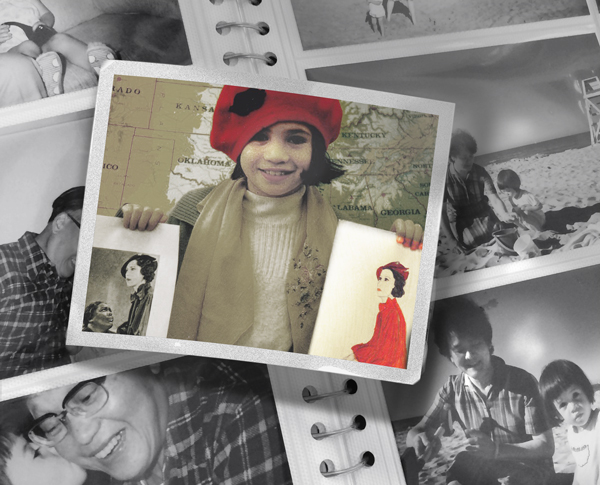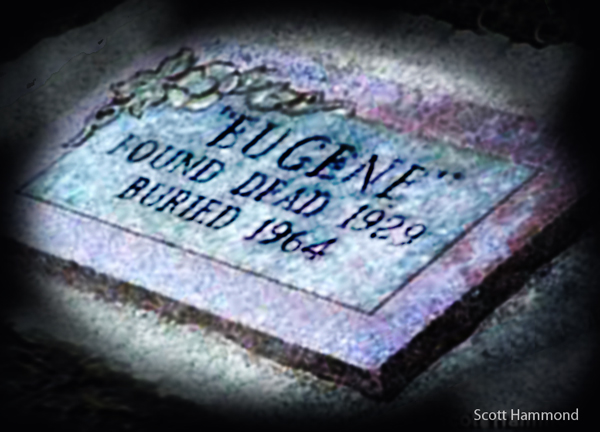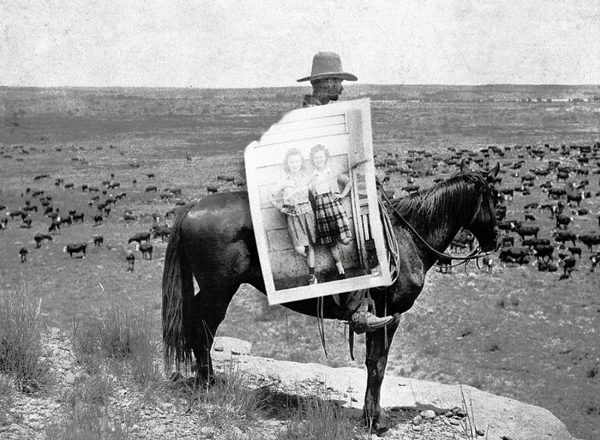Black and White World
 The photographs helped her make sense of the world she was born into — up to a point.Even when she was very young, the girl liked to spend time with the photos her mother kept. They were organized chronologically in albums.
The photographs helped her make sense of the world she was born into — up to a point.Even when she was very young, the girl liked to spend time with the photos her mother kept. They were organized chronologically in albums.
It made the child feel safe knowing there were people in her life. Most of them smiled for the camera except for a few from the Midwest who hide their teeth. There were several pages showing people holding a newborn she didn’t recognize. You know who it was.
The girl could see that faces changed as people got older, a surprising number of them looked better. She came to realize that there was life before she was born but it hadn’t occurred to her that life would continue when she was gone. That would come later.
The albums were brought out when friends and relatives came to visit. The girl would listen to the who, what, when, where and how. She took exception if someone got something wrong.
The photographs helped the girl make sense of the world she was born into — up to a point.
One day when she and her father were sitting on the couch, going through a shoebox of black-and-white snapshots her grandmother had bequeathed them, the girl turned to him and asked what year it was when the world changed from black-and-white to color.
Were her grandparents were still alive when people stopped being gray? And was it a big deal? And did the kids get a day off from school to celebrate? ![]()




